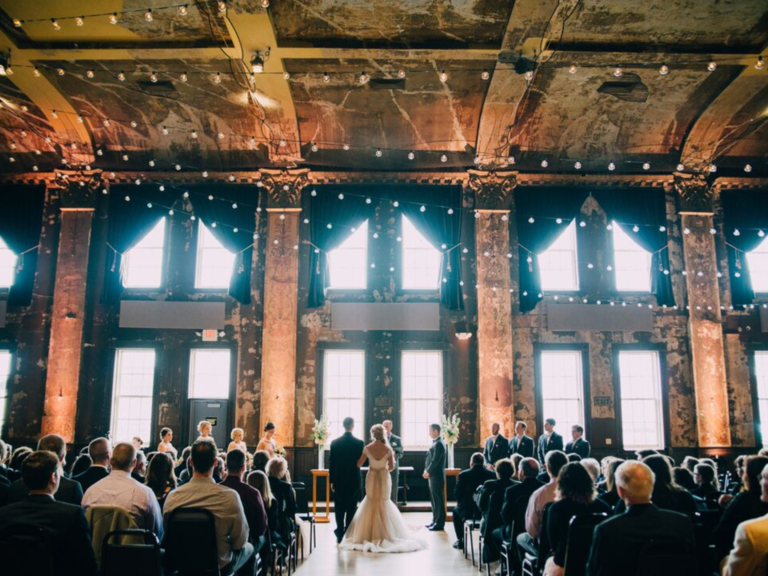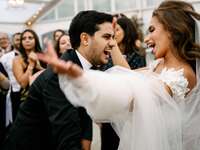The History of the Wedding March: Everything You Need to Know
From personal preferences to religious guidelines, there are many factors to consider when picking your wedding ceremony music, especially when it comes to your wedding march. (To clear up any confusion, this term can refer to the moment in the ceremony in which the to-be-wed walks down the aisle and the actual 19th-century-era number from Felix Mendelssohn; often, the latter is put in quotation marks.)
Moreover, this instrumental wedding song has a storied, complex history that's well worth reading up on before having your wedding ceremony musician play it during your big day. Ahead, we're sharing everything you need to know about the "Wedding March." PS: If you still need help finding a wedding ceremony musician, consider this your sign to check out The Knot Vendor Marketplace, which lets couples comb through dozens, if not hundreds, of musicians who can make your wedding all the more magical!
In this article:
- What Is the Traditional Wedding March?
- History of the "Wedding March"
- Are "Here Comes the Bride" and "Wedding March" the Same Song?
- Do Couples Still Use the "Wedding March"?
- Considerations for Using the "Wedding March"
What Is the Traditional Wedding March?
According to Matthew Campbell, founder of My Wedding Songs, "the traditional wedding march has been used to define two moments of a wedding ceremony." He continues, telling The Knot, "The march can be described when the to-be-wed walks down the aisle, also known as the processional." Per the pro, the term is also commonly used to "describe the walking down the aisle as the ceremony ends and the couple leaves, also known as the recessional."
History of the "Wedding March"
Fun fact: The "Wedding March" wasn't initially intended for weddings, says Campbell. The wedding march composer, Felix Mendelssohn, originally wrote it for Shakespeare's A Midsummer Night's Dream.
More specifically, explains Campbell, "Mendelssohn wrote it as part of a larger suite to accompany Shakespeare's fantastical play." The specific section, known as the "Wedding March," depicts the wedding procession of the fairy queen Titania and Duke Theseus. According to the pro, it "captures the joyous, celebratory atmosphere of the occasion, with a bright and energetic melody."
How Old is the "Wedding March"?
Felix Mendelssohn's "Wedding March" was written in 1842, making it 182 years old. However, per Campbell, the number was not used in wedding ceremonies until five years later, in 1847, when it was played at the wedding of Dorothy Carew and Tom Daniel in England.
Are "Here Comes the Bride" and "Wedding March" the Same Song?
Before going any further, it's important to clarify that "Here Comes the Bride" and the "Wedding March" are two totally separate songs, though both can be played at the wedding ceremony: Below, we're diving deeper into the two songs, how they're different and when they're played.
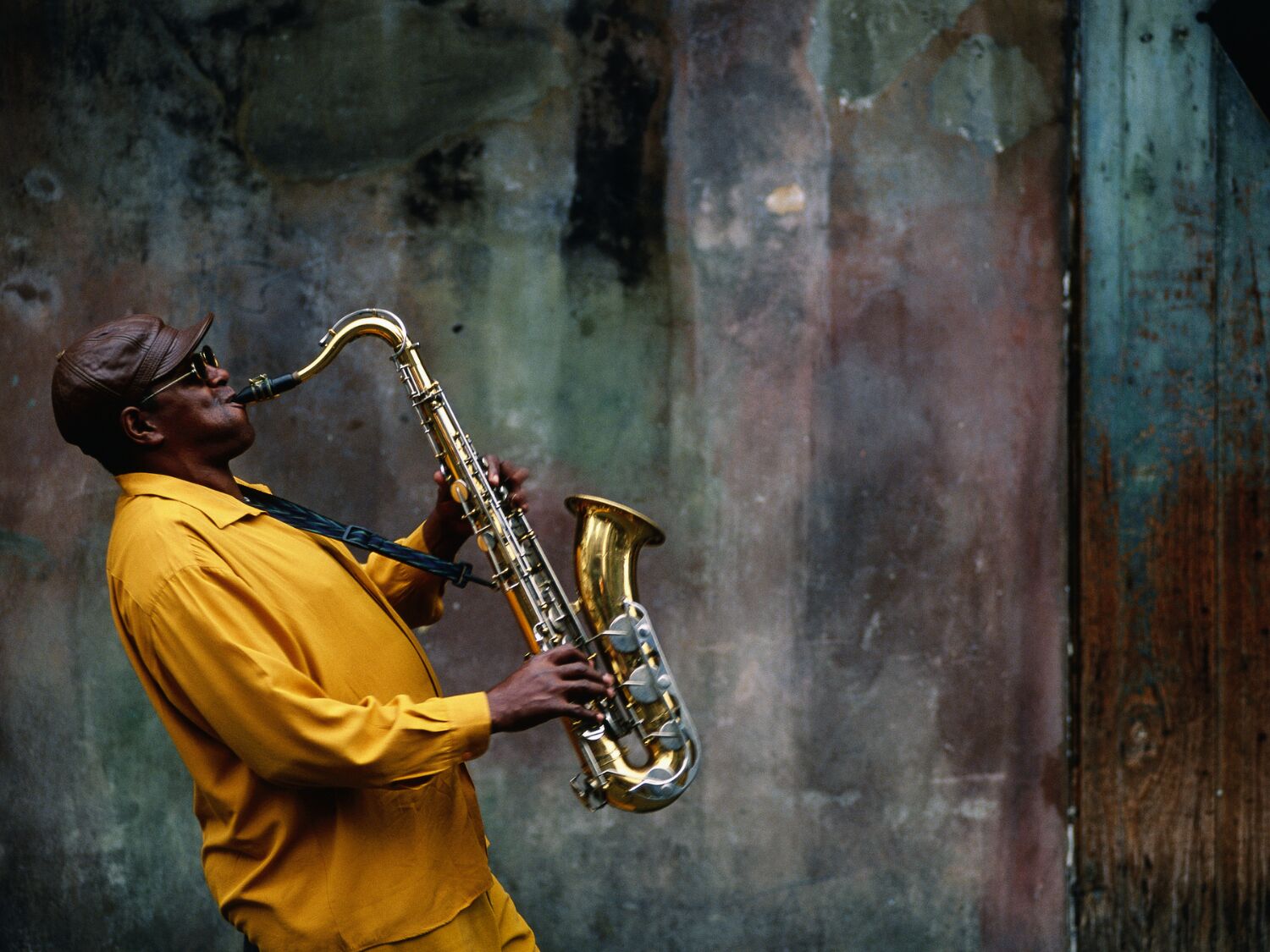
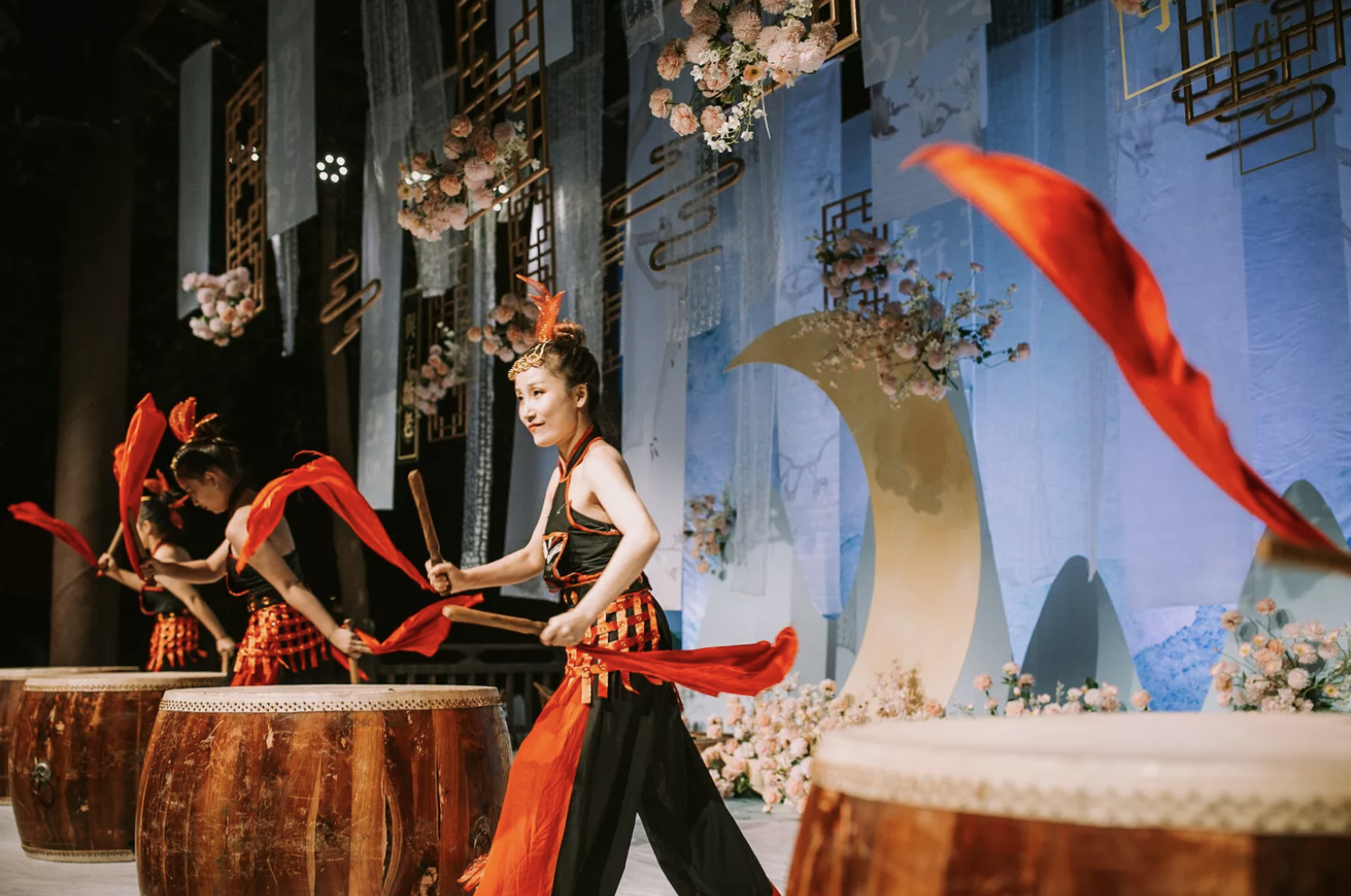
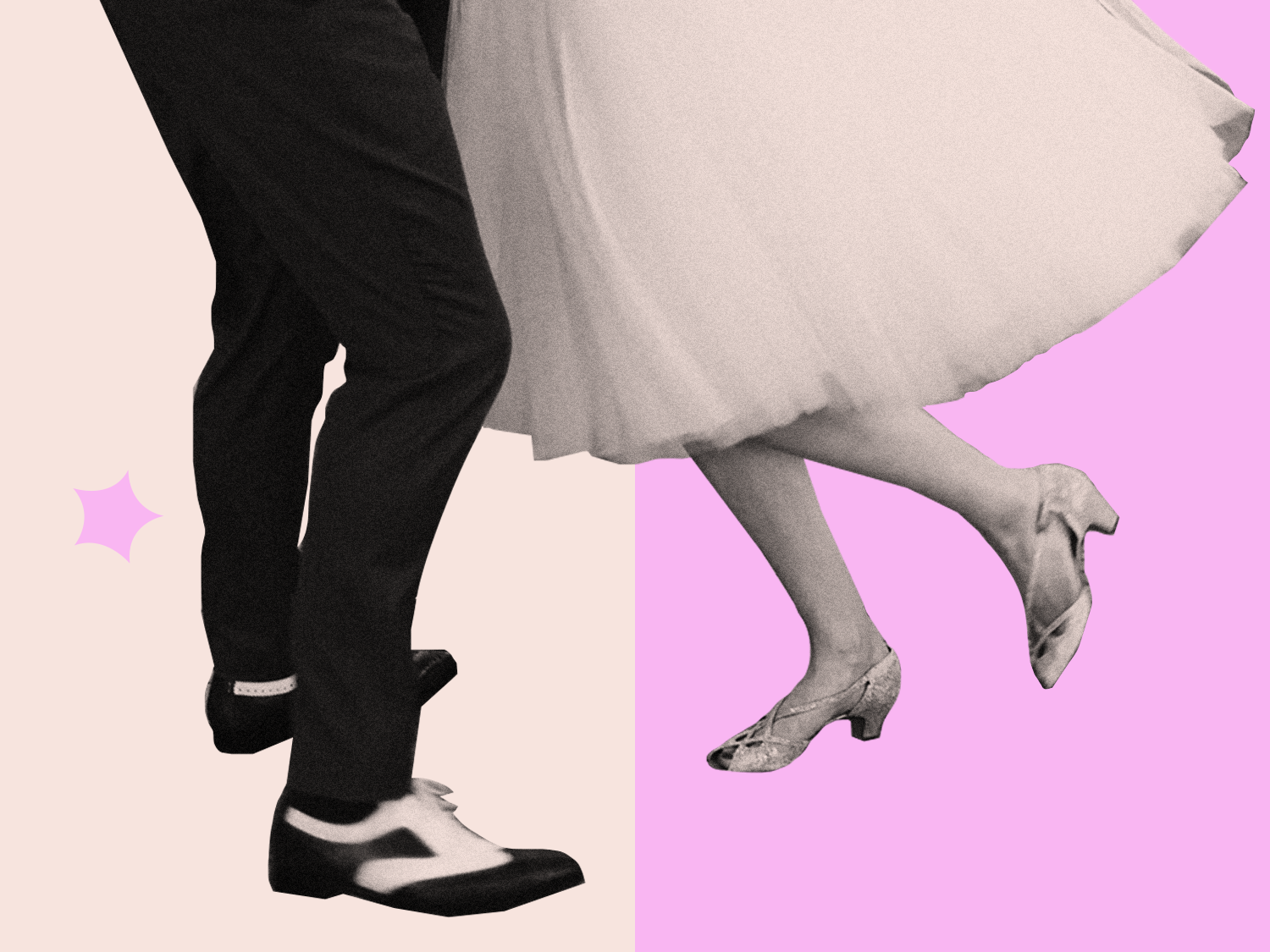
According to Campbell, "Here Comes the Bride" was composed by Richard Wagner from the 1850 opera, Lohengrin. He continues, telling The Knot, "The song became popular at weddings when it was used as the processional at the wedding of Victoria the Princess Royal to Prince Frederick William of Prussia in 1858." It's worth noting that Wagner's song is sometimes referred to as the "Bridal Chorus."
Put simply, says Campbell, "While Wagner's 'Bridal Chorus' evokes anticipation and grandeur, Mendelssohn's piece offers a sense of fulfilled joy and celebration. This is why the first is played as a processional, and the latter is for the recessional."
Do Couples Still Use the "Wedding March"?
Yes, couples still use traditional instrumental wedding tunes, such as the "Wedding March" song, today. However, it's by no means mandatory. In fact, to-be-weds may also opt to have their ceremony musician play something more contemporary for their wedding ceremony entrance.
Considerations for Using the "Wedding March"
Before jumping ahead and having your wedding ceremony musician play the Mendelson "Wedding March," it's important to consider the fact that the tune can't be played in all ceremony venues due to religious restrictions. There are also several other factors to take into account, which we're outlining below.
Firstly, says Campbell, "Some denominations might find the 'Wedding March' thematically inappropriate for a sacred ceremony." In fact, "The Catholic Church discouraged its use within mass weddings in 1971, but today can still be used during the processional or recessional under certain circumstances." As such, it's safe to say that "Churches might prefer music with religious themes and lyrics to maintain the solemnity of the ceremony."
Similarly, it's important to reiterate the fact that the song derives from Shakespeare's A Midsummer Night's Dream—" a play featuring fairies, magic and a pagan goddess' arrival," says Campbell. Plus, "The play itself also explores themes of confusion, mistaken identities and love manipulated by magic." With all this in mind, explains Campbell, "This might clash with the sacred nature of a wedding ceremony for some denominations, particularly those emphasizing Christian doctrine."
